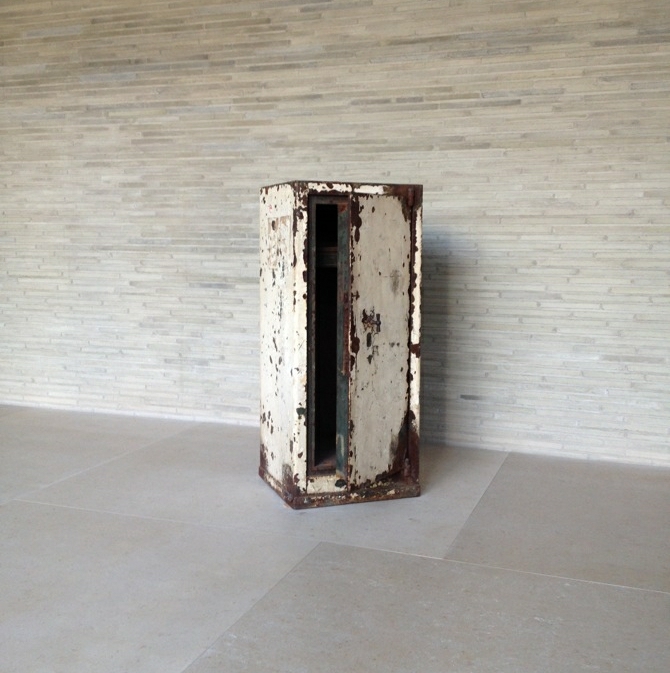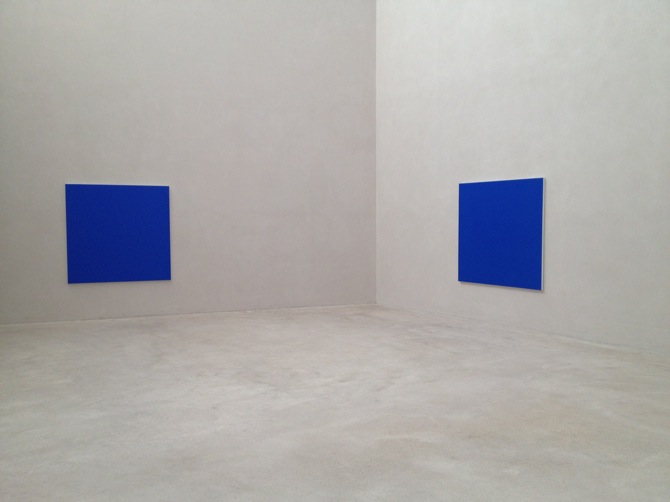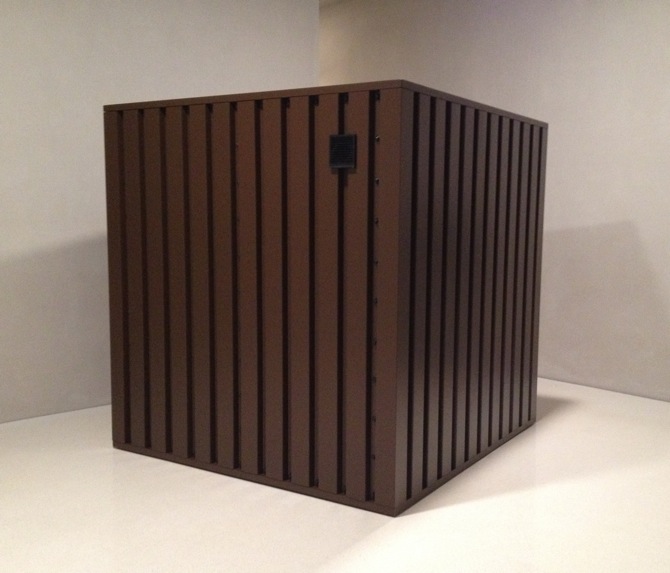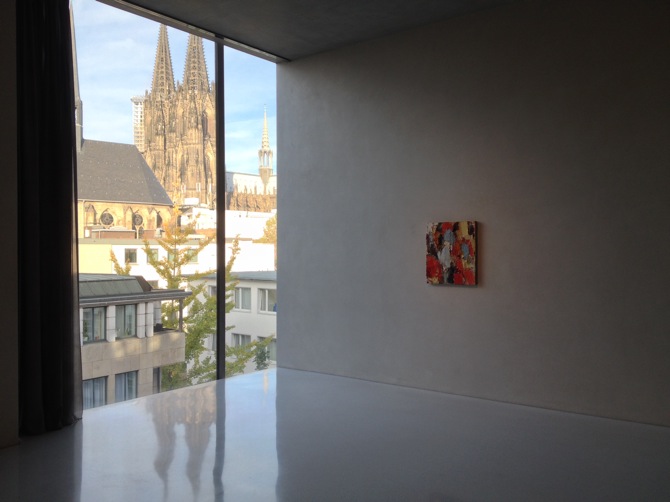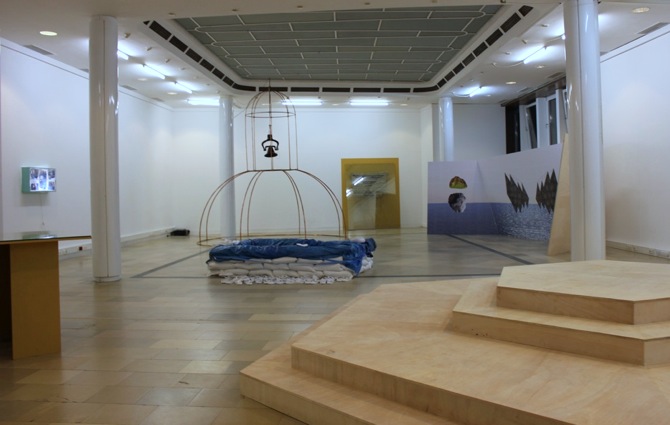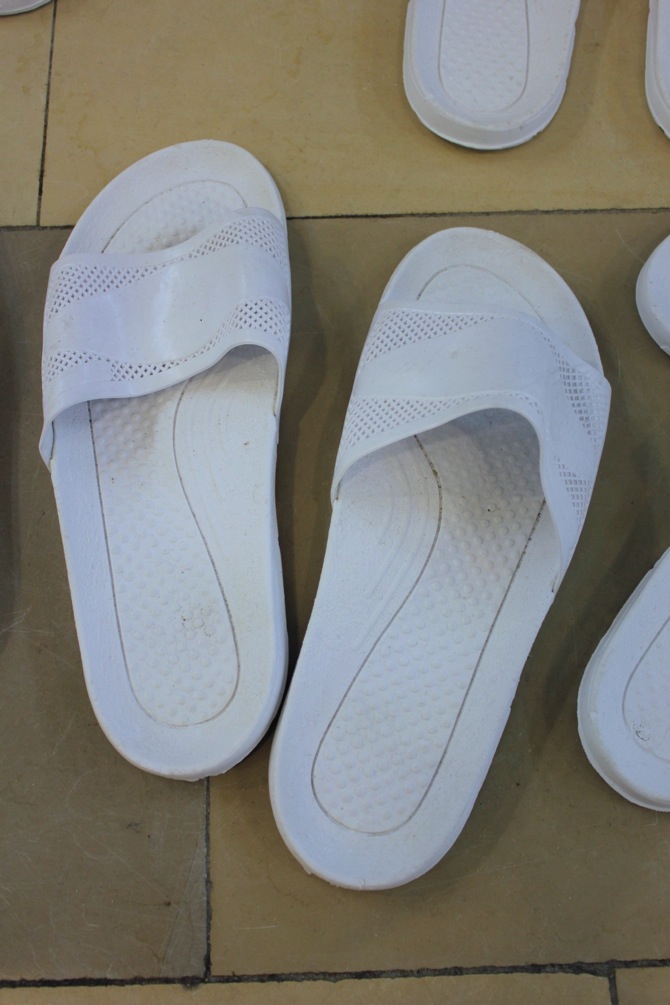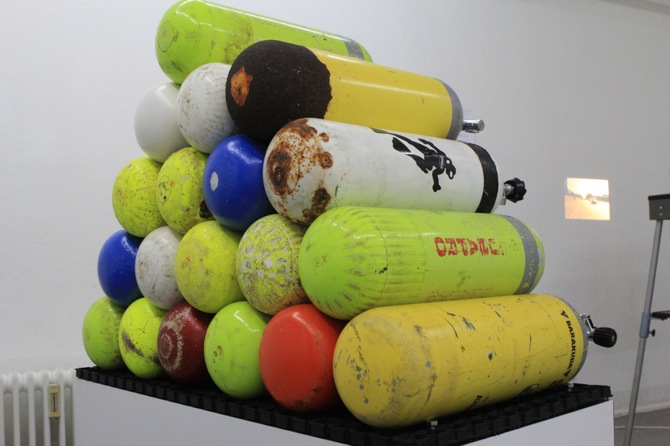
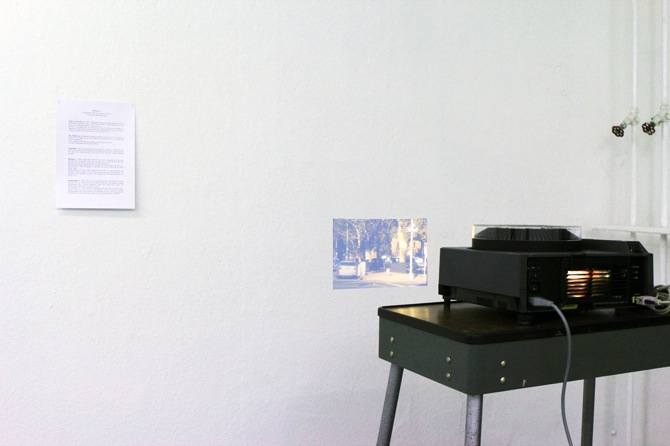
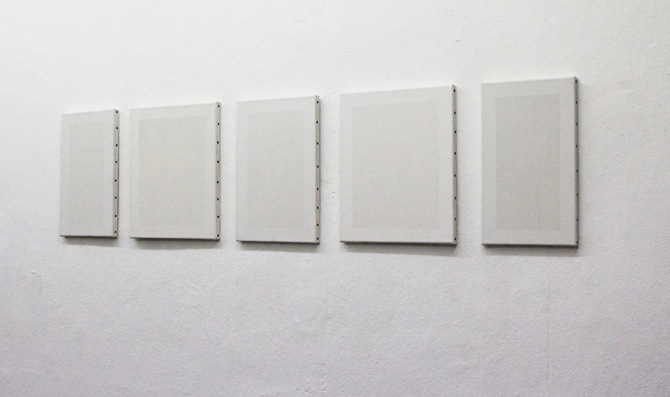
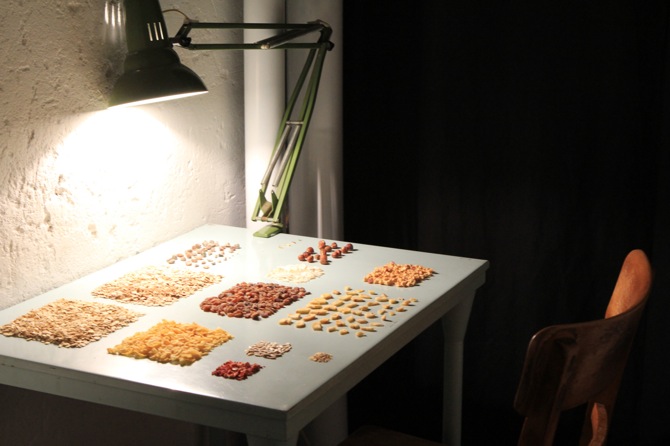
from the top: Klara Hobza “From Cologne to Bonn” (2011). Courtesy Galerie Soy Capitän // Guido van der Werve, "Nummer dertien, Effugio A: Chamomile, Russia's National Flower or Running to Rachmaninoff" (2010)" // Isabelle Giovacchini “about:blank” (from 2008) // Moritz Frei "Divide et impera" (2011-13) // courtesy the artists // photos by insitu
They say the devil finds work for idle hands. Leisure, unproductiveness and extensive pondering contradict the modern belief in efficiency and optimisation. Only within the sphere of creative productions – specifically literature, music, theatre, film and visual arts – there exists a legitimation of (temporary) faineance for the sake of brilliant results and unique genius. On the other hand, however, the arts originate from a tradition of hard labour and craft, which still influences the appreciation of contemporary artists. "Episode 4: Tireless Workers", the current group show at the relatively new Berlin-based project-space insitu, discusses these clichés and phenomena by showcasing possibilities of approaching the production of art with seemingly senseless and repetitive manual labour.

